This post may contain affiliate links. See my disclosure policy.
Let’s take a deeper look into the Sushi Roll vs. Hand Roll: What’s the Difference? Including their history, important terms, and cooking tips for making your own maki and temaki right at home.
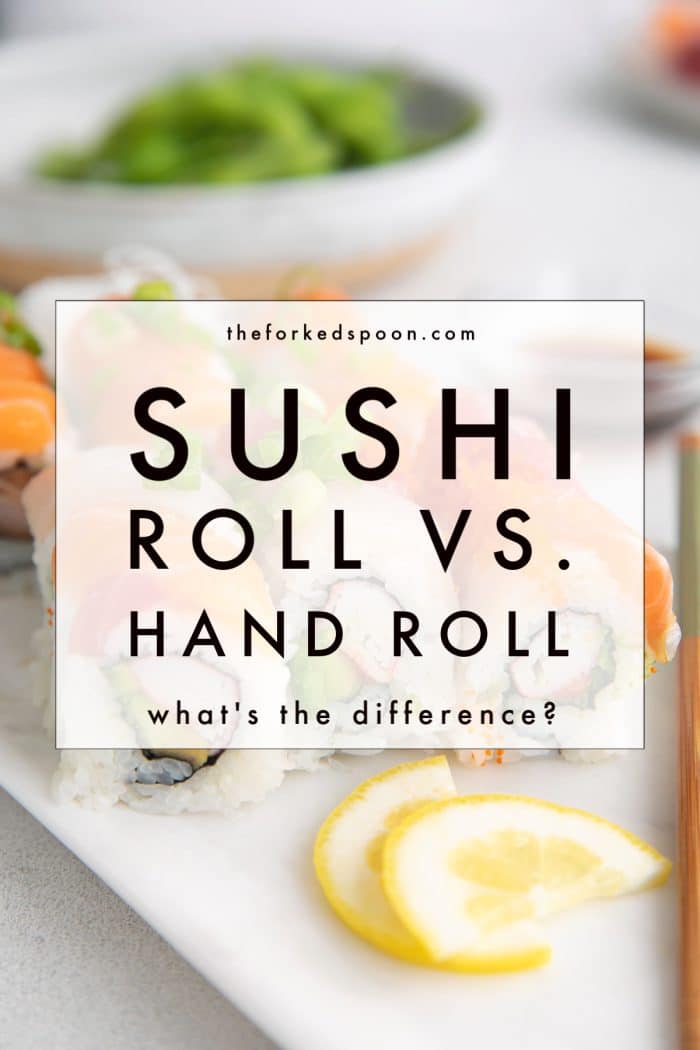
Sushi Roll (Maki) Vs Hand Roll (Temaki)
It seems like the sushi hype has reached new heights recently, with restaurants, food trucks, and take-out spots all getting on board. Culinary innovators are trying crazy new sushi experiments while traditional masters of the craft are honing their skills to perfection.
No matter how you slice it, sushi is here to stay. So you better know your stuff when dining out or rolling up your own vinegary rice and fish dishes at home.
One of the major debates happening at the center of the sushi conversation is the difference between Sushi Rolls, known as Maki, and Hand Rolls, known as Temaki.
While there are fierce supporters on both sides, we aren’t here to pick a winner between the Sushi Roll vs. Hand Roll. This article is simply going to give you the historical context of each type of sushi roll, compare some nutritional facts, and layout some yummy recipes for you to try!
So enough chatter – Grab your chopsticks and bamboo mat and let’s get this thing ROLLING!
Types of Sushi
Before we get into the details, it’s important to know that not all sushi is made the same. Each sushi has its own personal touch and there are in fact a variety of sushi styles out there.
In general, however, sushi rolls (maki) are typically made from vinegar-flavored sushi rice and a handful of other ingredients including raw fish, seafood, vegetables, and sauces. Usually (but not always) it is wrapped in nori, a paper-like dried and roasted Japanese seaweed. Sushi rolls look like open-ended burritos that are then cut into 6-8 equal-sized pieces.
Hand rolls (temaki) are basically the taco version of sushi rolls. A single large, cone-shaped piece of seaweed on the outside with the same variety of ingredients – raw fish, seafood, vegetables, rice – on the inside spilling out from one end. Unlike sushi rolls, however, hand rolls are not cut up into smaller pieces and are not eaten with chopsticks. Instead, one enjoys this much more casual form of sushi with his or her hands.
Here are a few important keywords to learn and understand before your next sushi night,
- Makizushi (“maki“) – this is all an all-encompassing term used for all sushi rolls.
- Hosomaki – the most basic type of maki. These rolls contain just one filling, such as salmon, crab sticks, or cucumber batons. Since they contain only one filling, hosomaki sushi is often rolled quite tightly, creating delicate little discs.
- Makizushi | Futomaki – maki means “to roll” and zushi means “sushi”. Futomaki, which means “thick/fat roll”, is a type of makizushi. These sushi rolls are typically made with several fillings – including raw fish and vegetables. The types of sushi rolls we’re familiar with here in the United States are usually a variation of Makizushi/Futomaki. Well-known examples include the California Roll, Spider Roll, Tempura Roll, Dragon Roll, or Spicy Tuna Roll.
- Nigiri sushi– a sashimi-style piece of fish placed on top of a mound of vinegared rice.
RELATED: Sushi vs. Sashimi: What’s the Difference?
History
The evolution of sushi is long and complicated, beginning as far back as the 4th century.
One thing is for sure: the sushi of ancient Japan did not look anything like the Maki and Temaki of today. Most of the rolls we see in restaurants and on conveyor belts are modern creations, many of which were not around until the 20th century.
According to the historical record, the original version of sushi was created by accident! Peasant farmers would bury bits of fish in rice for storage, and realized over time that natural fermentation processes allowed the protein to last much longer than usual.
It took several hundred years for the process to reach the mainstream, but by the 9th century, the rich and famous members of Japan’s elite were enjoying pieces of fish that had been fermented in rice for months at a time.
Through trial, error, and a lot of time, chefs developed ways of fermenting fish more efficiently, by using different types of rice and by packing the proteins under heavyweights.
As Japan’s population boomed and city living became the norm, sushi dishes skyrocketed in popularity and were enjoyed by everyone in the middle class.
It wasn’t until 1971 that a new innovation literally flipped the sushi world inside out, according to a historical account from Sushi Robot.
As the story goes, chefs on the West Coast of the United States and Canada wanted to reach a wider audience with their sushi creations but found that food wrapped in seaweed (nori) was not very popular among a crowd accustomed to hamburgers and fries.
This inside-out rice-wrapped creation is now known all over the world as the California Roll since it was such an instant hit in the sushi restaurants of Los Angeles. Chefs soon introduced cream cheese into the mix, coining the term Philadelphia Roll after the famous brand.
Temaki (hand rolls), the open-ended Nori hand rolls which often contain no rice, is also a relatively new entry to the sushi repertoire, unlikely to be found on menus prior to the 20th century.
The modern versions of Maki and Temaki may not be considered the most traditional sushi out there, but that doesn’t mean they aren’t delicious and easy to eat!
Maki Starter Guide
There are only a few key components to great Maki: rice, seaweed, and some fillings! You can go vegetarian, vegan, or load it up with meat. You can keep things raw and fresh or cook your ingredients for maximum flavor and texture. The details are totally up to you, as long you follow this outline.
When rolling up Maki, the first thing you need to master is the rice. In fact, the Japanese word, sushi translates to “vinegared rice,” even though many items on a sushi menu are rice-free.
Regardless, we recommend practicing making sticky rice over and over, experimenting with different levels of vinegar, salt, and sugar to create the perfect white rice you can mold like clay.
Here’s a basic guide to making great sushi rice.
- Boil 2 cups of short-grain white rice on the stovetop for 20 minutes, then let it cool down to the point you can handle it comfortably. Check out our rice guide to pick the right type.
- Gently simmer ½ cup plus one tablespoon of rice vinegar on a stovetop, then add a teaspoon of salt and ¼ cup white sugar. Let the sugar dissolve and then pour the mixture over the rice. Stir it all together until you reach your desired level of stickiness!
Now that you have your rice ready to go, you can start to map out some tasty Maki variations. Definitely pick up some sheets of nori and a bamboo sushi roller, or makisu (巻き簾), if you can.
Start with a low-stakes ingredient like cucumber, because you’ll have to trudge through some trial and error at the beginning. Carrot is another great pick. Cut the vegetables into long, thin strips and have them ready to go alongside your rice and sheet of nori.
Lay the rice down on your piece of seaweed and place it on the bamboo roller, which should be covered in plastic wrap. Spread your sticky rice evenly across every inch of the Nori, and feel free to add a bit of extra vinegar if necessary.
Then add a few strips of veggies to the middle of the roll without overloading it. Roll the nori in the bamboo so that the edges touch one another for a perfect wrap. Press the roll in the bamboo several times to ensure a tight seal. Don’t be afraid to put some pressure on it!
Let the roll-up sit for a minute, allowing it to become structurally strong. Then unwrap it from the bamboo and chop it up into even bite-size pieces. Voila!
Once you figure out the central technique of Maki-making, the rest is up to you. Shrimp, crab, avocado, or even ceviche-style seafood are all on the table! The only limit is your own imagination.
Check out this AirKitchen Online article, which walks you through the most famous Maki variants. Don’t hesitate to try some advanced techniques once you master the basic roll.
Famous Temaki Recipes
We love Temaki hand-rolls because we can pack a ton of ingredients inside while not stressing out over making the perfect wrap every time. It is much more of a laid-back approach to sushi-making.
Still, there are a few things to keep in mind when crafting Temaki.
- The key thing to remember here is that the handroll must be contained at the bottom and open at the top, meaning your roll must start at a 45-degree angle (think of it like an ice cream cone)
- In other words, you don’t want your ingredients to fall out of the opposite side
- In general, Temaki handrolls typically have fewer raw or uncooked ingredients when comparing sushi rolls vs. hand rolls
- If you find that your Temaki hand rolls are a bit dry and lacking zest, we recommend whipping up a batch of our Japanese Ginger Salad Dressing and spreading just a light layer across your nori before rolling everything up. It’s an easy and low-calorie way to make things more interesting. Besides, who doesn’t love extra sauce and dressing?
- This is the perfect opportunity to add visual flourishes, as well. If you’re feeling adventurous, top up your Temaki with salmon roe, sprouts, and seeds! They will add bursts of color, flavor, and nutrition to the finished product
A great beginner Temaki recipe includes sticky rice, a thin slice of avocado, a bit of cucumber, and some sashimi-style salmon. Layer these ingredients on top of a nori sheet and roll it up tight in a cone. The nori should stick together naturally, but you can always touch it up with some vinegar if needed.
If you want to keep things traditional, scrap the rice and make raw fish the main feature of your hand roll. Yellowtail, also known as Kampachi, is among the most popular Temaki ingredients, along with fatty Tuna called Otoro.
Remember, Temaki should be eaten immediately after it’s rolled, so don’t leave it sitting around long! The faster you can get these rolls out in front of guests, the better.
Conclusion
The sushi trend is literally on a roll these days, and we want you to try these techniques in your own kitchen. Whether you opt for a quick hand-roll appetizer for the family or spend hours crafting an entire Maki feast, there’s no better way to showcase your skills and get the most out of seasonal ingredients. Don’t forget your wasabi and soy sauce!
Once you start getting comfortable rolling up Maki and Temaki, you won’t be able to walk past the fish counter or the farmers market without thinking about what you’re going to wrap up next!
For more fun and informative articles on home cooking and world cuisine, check out The Forked Spoon website and follow us on social media. Also, sign up for the email newsletter to get inspired recipes and updates delivered directly to you. Until next time, happy rolling!
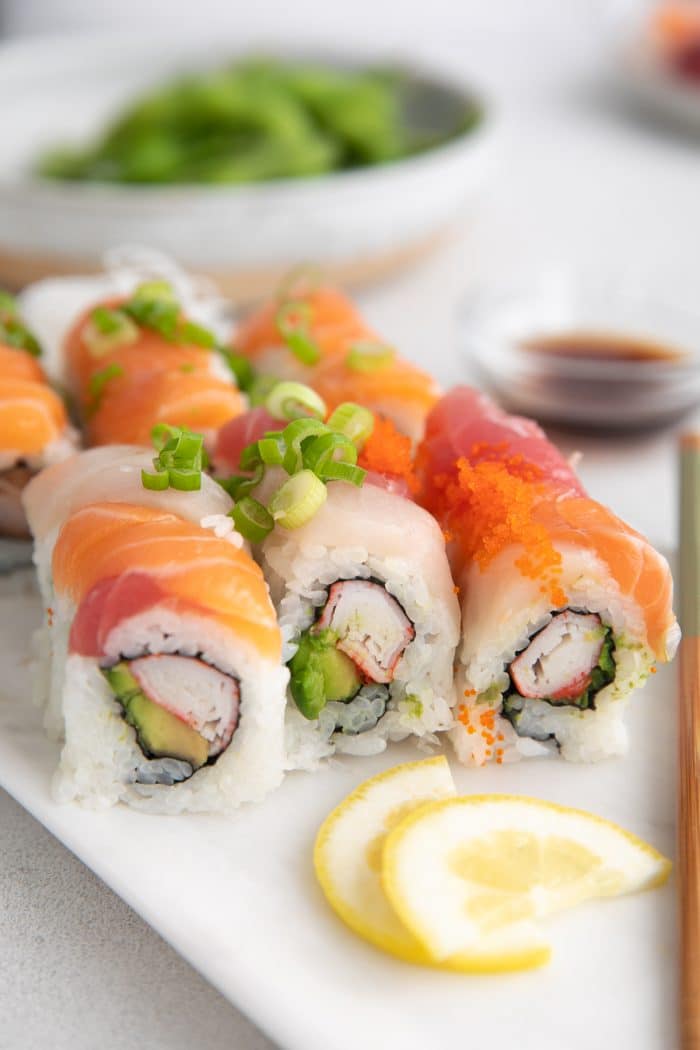
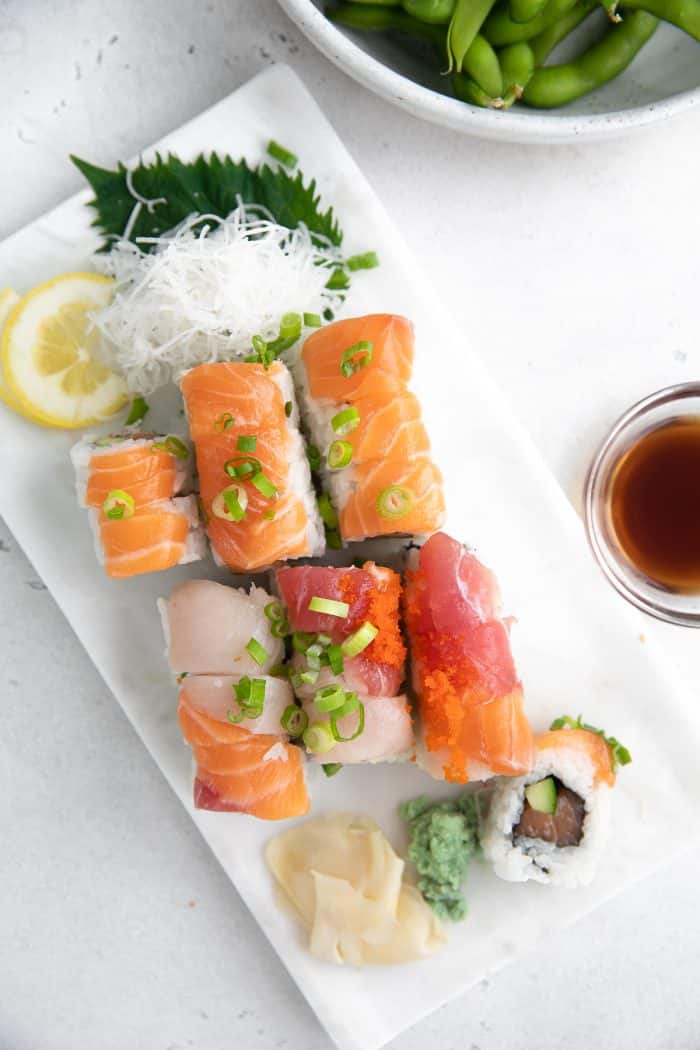
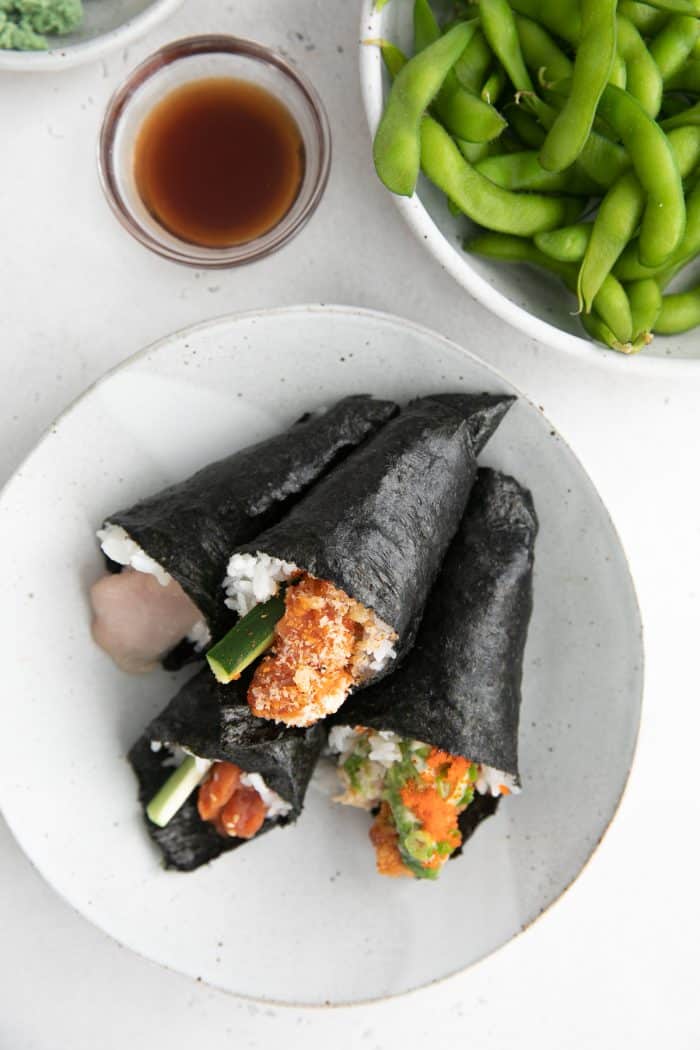
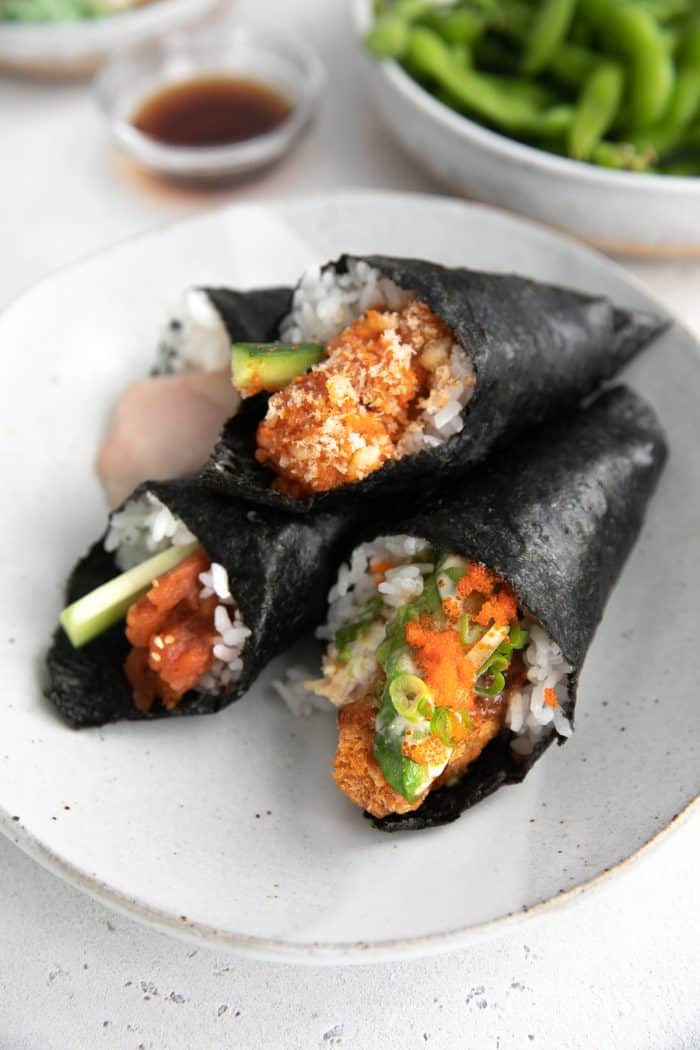

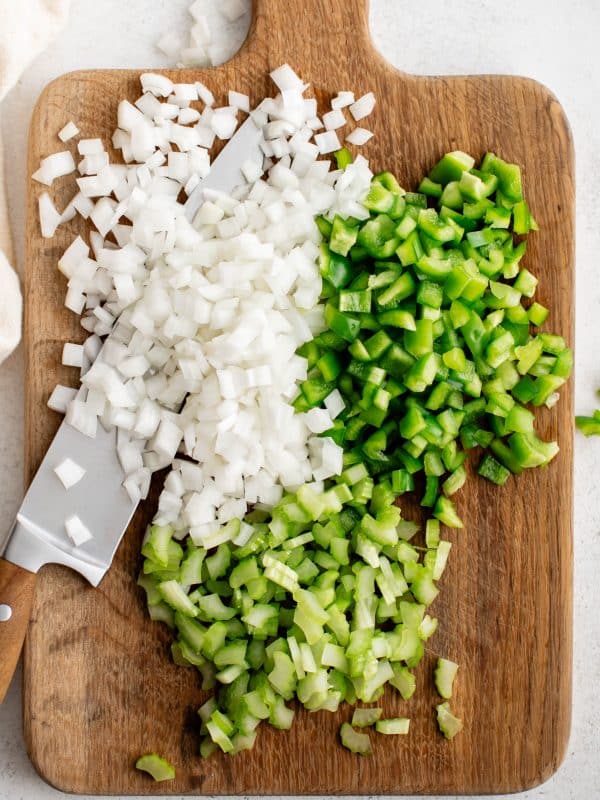
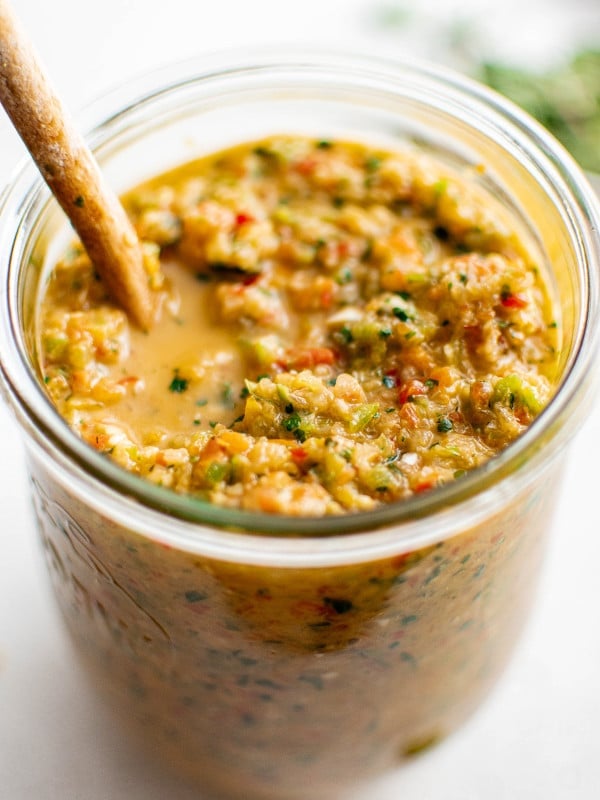

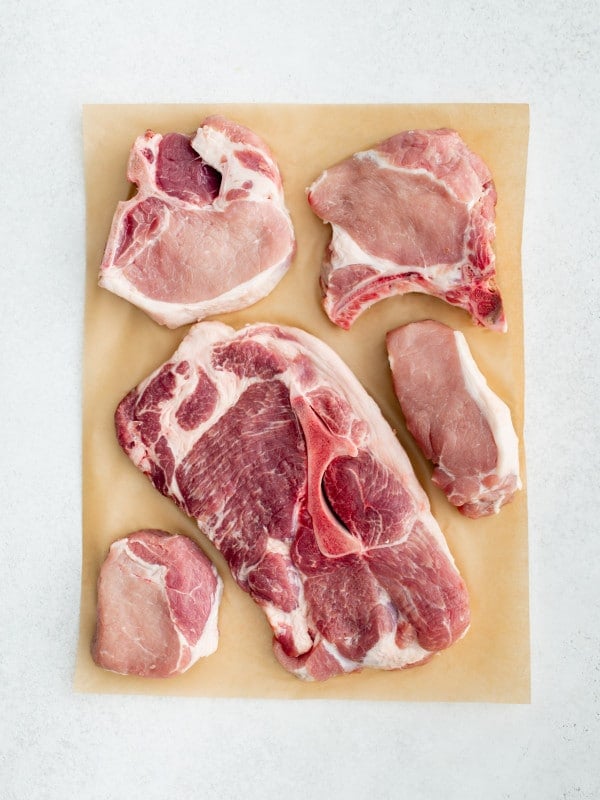








Over time one can learn these terms from seeing menus and definitions but this was a well-written explanation and refresher in one. Thanks.
IMRAN
A very informative article in complete detail, thank you. I will share it with my friends.
I am sitting at a sushi restaurant for the first time, and just learned everything I needed to know about rolls. Thanks.